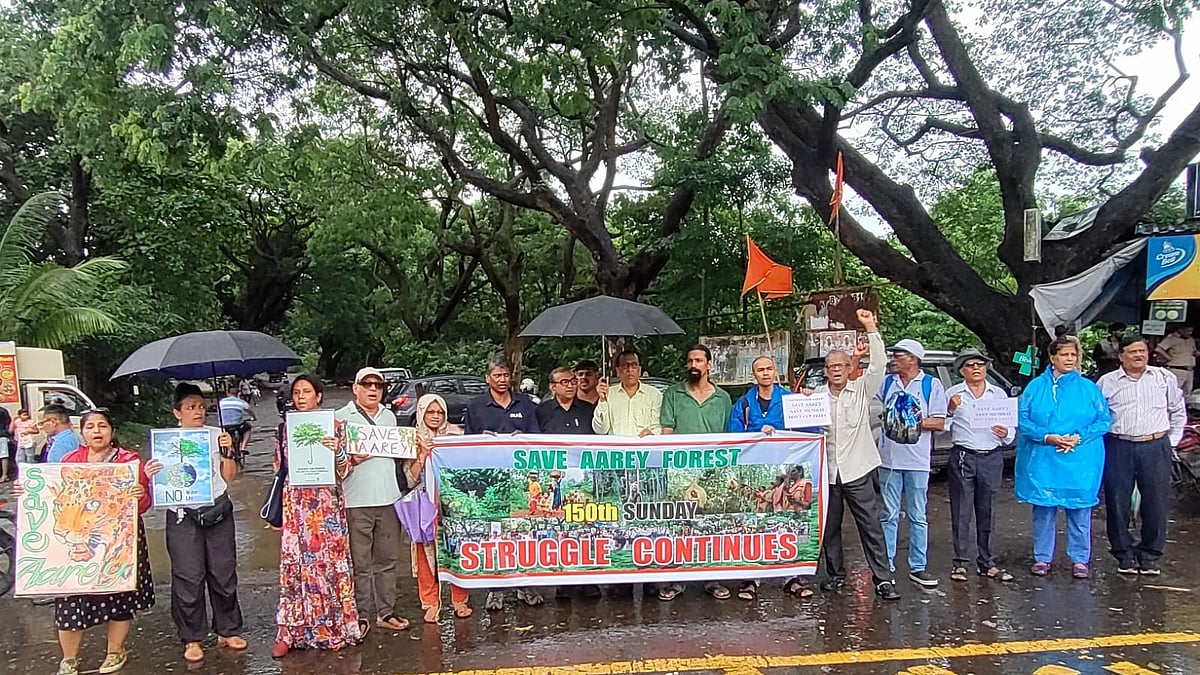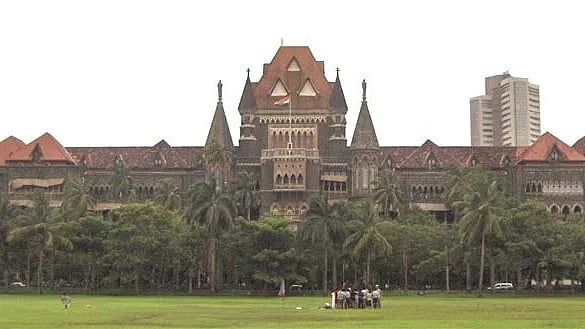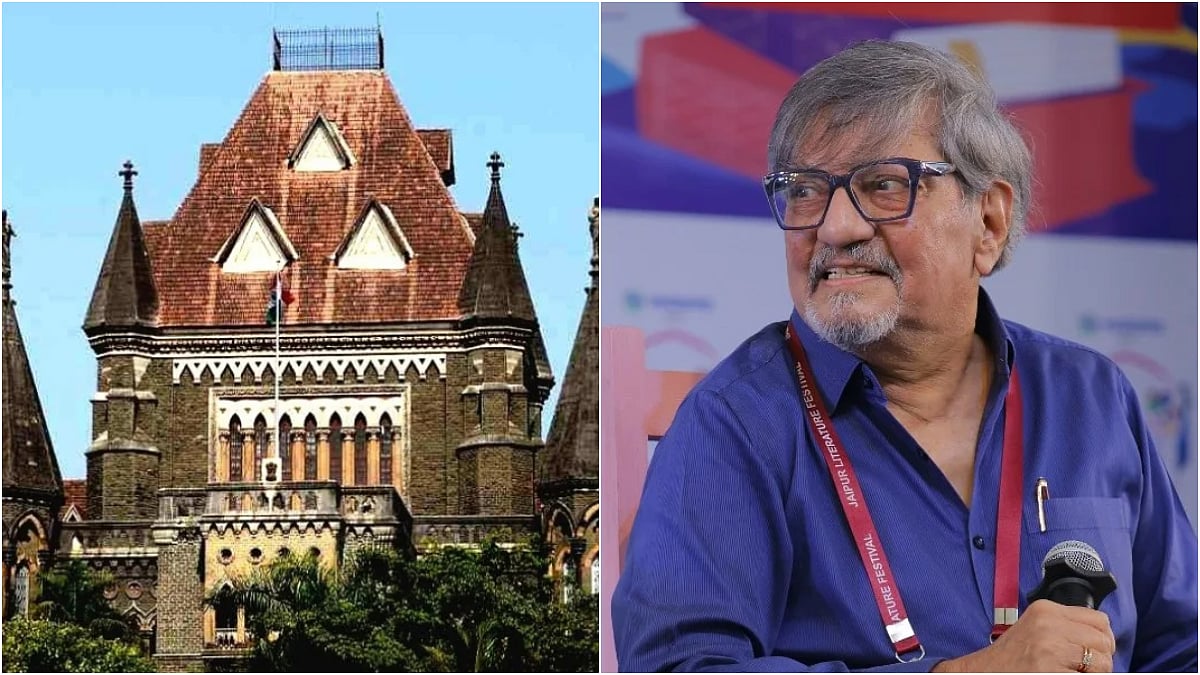Braving the intermittent rain, over a hundred citizens gathered at Aarey Milk Colony, Goregaon, on Sunday morning for the 150th week of the ‘Sunday for Aarey’ campaign to protect one of the last surviving green spaces in Mumbai’s western suburbs.
Participants said the protests will continue till the entire Aarey gets protection as a forest. The first gathering at the location was on July 3, 2022, when citizens gathered to protest against plans to construct a stabling and maintenance depot for the Metro 3 underground railway.
Aarey Milk Colony is spread over 3162 acres or 1280 hectares. Around 33 hectares have been lost to the depot. In a notification on December 5, 2016, the Department of Environment, Climate and Climate Change, declared the entire Aarey as an eco-sensitive one with restrictions of construction. In June, 2021, the dairy department, which managed Aarey, transferred 812 to the forest department as reserve forest. Citizens want the entire Aarey, including the eco-sensitive zone, to be declared as a reserve forest so that the area gets permanent protection as a green space.

'Sunday For Aarey' | FPJ/Salman Ansari

'Sunday For Aarey' | FPJ/Salman Ansari
Reshma Shelatkar, an animal rights activist who has attended the protest every week since it first began, said that the campaign could be one of the longest movements in the world to protect an urban forest. “This movement represents campaigns across the world to protect urban forests from encroachments and construction,” said Shelatkar.
On Sunday, members of the Aarey Conservation Group. Youth for Aarey, and the Bombay Catholic Sabha stood on the road holding banners. Passers-by and motorists on the road stopped to express their support. Alex Dsouza of the Bombay Catholic Sabha, which has been part of the protest, said, “We lost some land to the depot, but a part of Aarey has been protected as a reserve forest. We want the entire Aarey to be declared as a reserve forest,” said Dsouza.
Stalin Dayanand, director of Vanashakti, a nature conservation group which has been campaigning for the protection of Aarey, said that the protests have kept the issue alive. “The eco-sensitive zone should be developed into an eco-tourism zone. Aarey was protected when citizens came here for recreation. However, the government started restricting the activities so that it is available for other purposes,” said Dayanand.

Growth of slums, encroachments in the periphery, and dumping of debris threaten Aarey. Dayanand said that the issue of debris could be under control after the Aarey administration recently announced the installation of CCTVs on three roads leading to Aarey. “Encroachments are a big issue. Recently a temple that was allocated 650 sq feet of space has expanded into one acre. Illegal bungalows are replacing slums on the periphery,” said Dayanand.
Meanwhile, the activists are optimistic that their campaign will save Aarey as an urban forest. “The presence of 54 leopards in the adjoining national park shows that humans and animals can coexist. There is more awareness about the importance of urban forests,” said Shelatkar.







